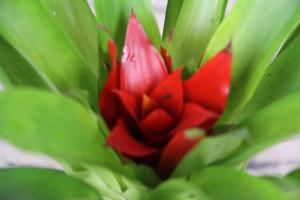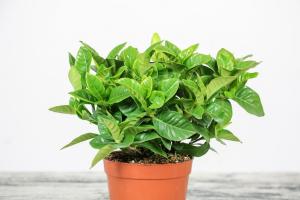Which Apple Trees to Plant Together
Apple trees are a popular choice for gardeners and orchard owners, but did you know that not all apple trees thrive when planted together? It's essential to know which apple trees to plant together to ensure that they grow healthy and produce abundant fruit. Here are some factors you should consider before making your choice.
1. Pollination
Apple trees require cross-pollination to bear fruit, which means that they need a different variety of apple tree nearby to produce apples. The key to successful cross-pollination is selecting apple trees that bloom at the same time. Consider planting apple trees that belong to the same group or have similar bloom times, such as Braeburn, Liberty, and Jonathon apple trees.
2. Rootstock Compatibility
Rootstock compatibility is critical when planting apple trees together. Rootstock refers to the portion of the plant that is responsible for the roots' growth, and it determines the tree's size and the type of soil it thrives in. Different apple tree varieties are grafted onto different rootstocks, and not all rootstocks are compatible with each other. Make sure you choose apple trees with rootstock that can grow together without impeding each other's growth.
3. Disease Resistance
Apple trees are susceptible to a variety of diseases, such as apple scab and fire blight. The good news is that some apple tree varieties are more disease-resistant than others. When planning to plant apple trees together, consider choosing disease-resistant varieties to help prevent cross-contamination and reduce the risk of disease spreading throughout the orchard. Examples include Honeycrisp, Enterprise, and Liberty apple trees.
4. Harvest Season
The harvest season plays a crucial role in deciding which apple trees to plant together. Different apple tree varieties have varying harvest times, and it's best to choose trees with similar harvest seasons to make it easier to manage and harvest the fruits. You may also want to consider planting a mix of early, mid-season, and late-season apple trees to ensure a steady supply of apples throughout the year.
5. Climate Compatibility
Lastly, it's important to choose apple tree varieties that are compatible with your climate. Different apple tree varieties have different temperature and weather requirements, and not all apple trees can thrive in all climates. Some apple trees do better in cooler climates, while others prefer warmer temperatures. Make sure you select apple trees that can grow and produce fruit in your climate to ensure success.
Conclusion
Planting apple trees is a long-term investment, and choosing the right apple trees to plant together is essential to ensure success. Whether you are planning to set up a small orchard or a weekend garden, make sure you consider each of the factors above and select apple trees that can thrive together, produce abundant fruit, and resist disease. By following these guidelines, you can grow your own flavorful, healthy apples for years to come.

 how many times do yo...
how many times do yo... how many planted tre...
how many planted tre... how many pine trees ...
how many pine trees ... how many pecan trees...
how many pecan trees... how many plants comp...
how many plants comp... how many plants can ...
how many plants can ... how many plants and ...
how many plants and ... how many pepper plan...
how many pepper plan...































